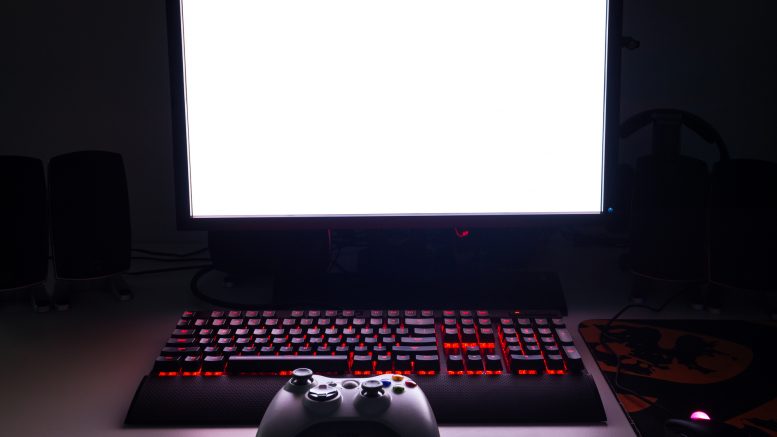Gaming can be seen as a modern-day sport and having the best equipment definitely makes the experience better. Do you find it hard to focus on your current monitor because it’s not suitable and ideal for gaming? Does it flicker, blur images or doesn’t quite capture all the graphics? If this sounds familiar, find the perfect gaming monitor for you by using the following tried and tested steps.
Bigger is better – Monitor size
When choosing your monitor’s size for gaming, you will almost always want to go as big as you can get, because in this case, bigger is always better. There are three standard sizes that you should consider when choosing a gaming monitor. These are 24-inch, 27-inch, and 30-inch monitors. The reason why you should consider these three sizes is because of the matter of resolution. Usually the bigger the monitor size, the clearer the images (i.e. the more resolute they are), hence a better playing experience.
• 24-inch screen provides a 1,920 x 1,080 resolution
• 27-inch screen provides a 2560, x 1,440 resolution
• 30-inch screen provides a 3,840 x 2,160 resolution
If you can purchase these as Wide, Quad High-Definition (WQHD), or Ultra-High Definition (UHD) models even better. If you also have the opportunity, look for monitors that offer a curved panel. A curved panel tends to take up less space as well as affording the player that feeling of being nearer the action. Also, keep an eye out for the best dual monitor stand. A good monitor stand will also improve your playing experience.
Things to note:
• Avoid monitors which are less than 23-inches
• As mentioned, bigger is better, so if you can go as high as 34-inches, it will serve you well.
• Price doesn’t always determine how great the graphics are – read reviews before you buy something.
Panel Technology
When it comes to panels, there are also three types of panels that you should consider when trying to find the perfect gaming monitor for you. These are the Twisted Nematic, the Vertical Alignment, and the In-Plane Switching. Let’s take a closer look at each one and point out the pros and cons of each.
In-Plane Switching (IPS)
If you’re looking for excellent color accuracy and optimum viewing angles, then this is the panel for you. The IPS panel also boasts impressive gray-scale performance. The only con that can be mentioned is the fact that the pixel response of the IPS is very disappointing and as a result games are cursed with motion blur.
Twisted Nematic (TN)
If you’re looking for something that won’t break your bank balance then this is the panel for you. The price also explains why it is one of the more popular panels currently on the market today. However, that’s not all why the panel is favored. Pros of the panel include its quick response time as well as its fast refresh rate. The cons that the TN panel has are that this panel’s viewing angles are terrible and so are the colors when playing.
Vertical Alignment (VA)
This panel is renowned for its favorable color representation and also the high contrast ratio. It also has the unique ability to project deeper black levels. The ghosting effects produced by this panel are also very visible when playing, which is probably the panel’s biggest downside.
Refresh Rate
The refresh rate is the term used to refer to the phenomenon of how many times the screen gets refreshed to show a new image. The refresh rate is measured in Hertz (Hz). Most monitors today come with a 60 Hz refresh rate. For a gamer 60 Hz just isn’t good enough as this will more than likely limit how much of the game you can experience at any one time. Blurring is common with monitors with a 60 Hz refresh rate. It’s also not uncommon to find these monitors experiencing tearing. Tearing is when your monitor fragments screens and shows you different images at once – it’s not fun when playing. The best monitors to consider are those with a 120 – 144 Hz refresh rate.
Buying a new monitor just got easier. Now that you are well aware of these steps, you can find the perfect gaming monitor for you. All in all, choosing the right panel is a personal opinion, which involves taking cost into consideration, as well as other factors such as color variations, blur effects, ghosting and so forth.
Image source: 1



Be the first to comment on "How to Find the Perfect Gaming Monitor for Your Needs"